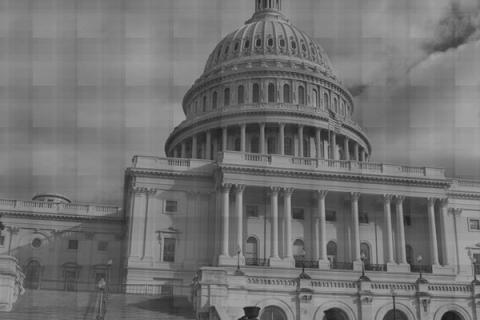As noted in this report, implementation of Proposition 5 will be carried out by a governmental framework and discretionary judicial system that is outside of the normal oversight and regulatory controls of the State of California such as the Administrative Procedures Act. Therefore, in addition to meeting unfunded mandates, the state and its municipalities may have difficulty controlling costs associated with Proposition 5 once it comes into effect.
The LAO report recognizes added costs due to increased parole and ancillary services. However, the costs of the wide range of “rehabilitation” services do not appear to have been estimated in detail due to stated uncertainties in both interpretation and implementation of Proposition 5. Thus, the costs are foreseen (in fact, many of the costs are mandated) but not quantified for Proposition 5. Focusing on such items as housing assistance, education such as vocational education, literacy training, mental health services and transportation to each and all services, it is possible to conservatively estimate a cost of $6,000 per year per former parolee for extended rehabilitation services, including administrative costs, with the resulting annual cost of these programs for 45,600 parolees in 2008 dollars at $274 million. An annual figure of $10,000 per year for former parolee would raise these costs to $456 million. It should be noted that the UCLA study found that more than a quarter of offenders recommended to rehabilitation programs never showed up for those programs12 and approximately two-thirds of the offenders that did enter into rehabilitation programs did not complete them.13 These success rates should be factored into the costs of Proposition 5. Thus, the possible range of additional total costs associated with Proposition 5 suggests that the cost estimate of $ 1 billion for Proposition 5 in the LAO report is an underestimate.
